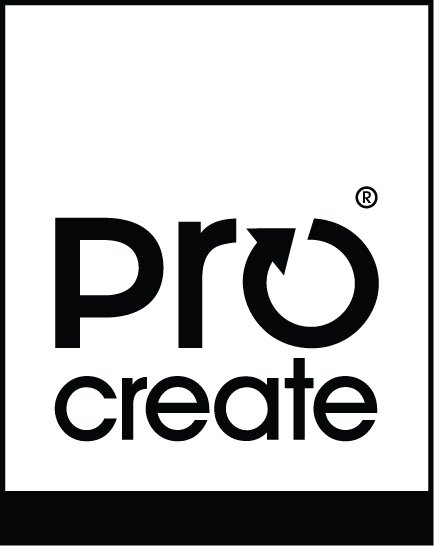Mechanical Design focuses on the physical components that make up a product. The shape of components, the selection of appropriate materials and the use of appropriate manufacturing and assembly methods are critical to profitability and can spell the difference between a highly profitable product and a failure.
Many factors are key to good mechanical design including intended production volumes, environmental factors, applied loads, the speed of movement, cost and statutory regulations. All of these need to be considered in order to produce a design that is optimal.
Testing and verification of components and assembled products minimises the risk of product failure or recall. A good mechanical design will reliably deliver the functionality demanded of a product at the lowest overall cost.
CAD Modelling
The Procreate team works extensively with 3D CAD Model generation in Solid Works. This enables us to achieve a whole range of product design processes within a digital environment. CAD modelling enables us to thoroughly investigate design alternatives, including applying a range of tests and analysis whilst still working in an electronic form.
CAD modelling enables us to validate the various concepts and render them in a form that can be used by our clients to gauge initial response to the design. We can apply complex 3D surfacing to CAD models to provide an accurate representation of the aesthetics of a product. More photorealistic models can also be used in marketing material prior to the product's manufacture.
Mechanical Engineering
Mechanical engineering focuses on the functionality of a product – what it needs to do - and ensures that it is both reliable and sustainable.
Mechanical engineers will be involved in material and component selection to support the product design and any regulatory considerations. There are very few products designed today that don’t require some aspect of mechanical engineering. It is concerned not only with the functionality of the product but also in making it more efficient to assemble and ensuring its ‘end of life’ is as environmentally friendly as possible.
Virtual testing
We can use CAD models to virtually assess the effects of stress on the product and how various environmental factors (e.g. weather, salt air) might impact on it. This gives you much greater certainty of the robustness and general reliability of your product prior to manufacture.
Mechanical Analysis
A subset of testing is mechanical analysis. This is an output of the CAD model that enables us to break down a product into its component parts and then reproduce the effect of applying different loads to those parts in a realistic computer environment. It enables us to performance test various componentry to see which ones will deform or break, including testing in extremely hot or cold environments.
By verifying whether the design is robust at this very early stage, you may save considerably on prototypes and further testing. Mechanical analysis can also be used to assess if the material selected is correct and help us to understand what would happen if different materials were used. This enables us to explore more sustainable and environmentally friendly alternatives.
The benefits of Procreate's side-by-side design
Once again the inherent benefits of Procreate being able to run both the aesthetic and mechanical design side-by-side ensures that the entire design process is able to respond very quickly to any changes that result from the testing and analysis.
Product Testing
We strongly recommend developing a test plan at the very start of the design process. It is an integral part of our design process and ensures that your product will deliver on what it is designed to do.
Testing can cover an enormous range of things. Some of the more popular include:
Weather resistance/water-proofing
Dust resistance
HALT and HASS testing (life testing of products) that helps to identify the reliability of the various elements of the design over the product’s expected life time
Vibration testing and analysis
Impact testing
Electronic compliance is also tested via third-party experts
We will work with you to gather information as to the kind of testing that will be appropriate for your product. Testing then occurs all the way through the product’s design and development - from the virtual CAD environment through prototyping and manufacture. As the product design process progresses, the tests get more specific and less tolerant of failure to ensure that the finished product is reliable, robust and fit for purpose.
